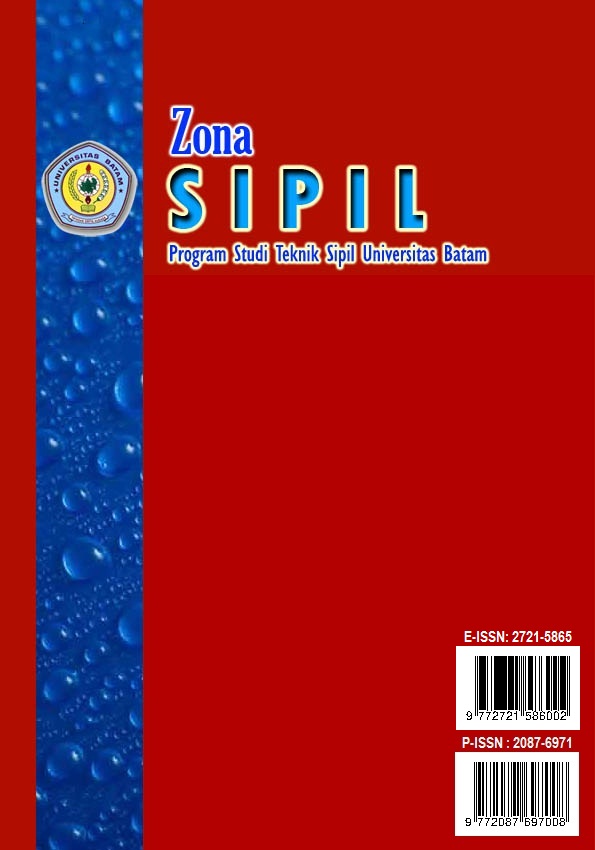BAHAN BANGUNAN RAMAH LINGKUNGAN (PENERAPAN MATERIAL KACA DALAM ARSITEKTUR)
DOI:
https://doi.org/10.37776/zs.v15i2.1936Abstract
Glass has been known for thousands of years and is a man made material that is quite old. Extends its use as building material since the 17 century, especially after the second world war. Glass architecture become a trend of buiding designs in the world since 20th century. This material relevant to the existing concepts. Glass is used as an ornament material, window, the building skin materials, and the building structure materials. Glass properties that transparent, simple and clean make this material support the concepts used. This paper describes the use of glass as a building material, either as a ornament, the building skins, the building structures, and the building concepts expecially transparency concept. This paper also present the technical properties of glass as a building material.Downloads
Published
Issue
Section
License
Copyright (c) 2025 Dedek Septian, Yuanita FD Sidabutar, Subkhan, Yelna Yuristiary

This work is licensed under a Creative Commons Attribution-ShareAlike 4.0 International License.
Copyright and License
Copyright :Â Authors who publish their manuscripts in this Journal agree to the following conditions:
The copyright on each article belongs to the author.
The author acknowledges that Zona Sipil: Program Studi Teknik Sipil Universitas Batam has the right to publish for the first time with a Creative Commons Attribution 4.0 International License.
Authors can submit articles separately, arrange for non-exclusive distribution of manuscripts that have been published in this journal into other versions (eg sent to the author's institution respository, publication into books, etc.), by acknowledging that the manuscript has been published for the first time at Zona Sipil: Program Studi Teknik Sipil Universitas Batam;
License :
Zona Sipil: Program Studi Teknik Sipil Universitas Batam is published under the terms of the Creative Commons Attribution 4.0 International License. This license permits anyone to copy and redistribute this material in any form or format, compose, modify, and make derivatives of this material for any purpose, including commercial purposes, as long as they include credit to the Author for the original work.




